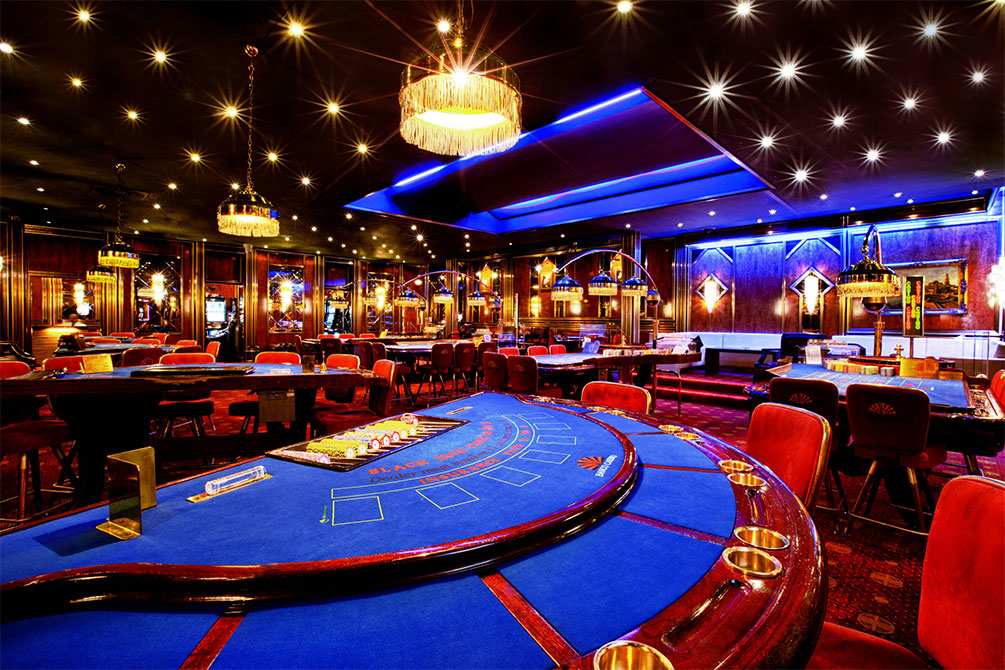
Casino games have long captivated people’s attention, drawing gamblers into a universe filled with chance, strategy, and the allure of thrill. Each activity is meticulously crafted not just for entertainment, but also to elicit particular emotional responses that keep gamblers involved and committed. Understanding the drives behind these designs reveals much about how behavioral psychology plays a crucial role in the gaming experience.
From the bright lights and vibrant sounds to the complex layering of rules and incentives, casino games are designed to create an atmosphere of anticipation and expectation. Game designers leverage mental cues to influence player behavior, whether through the use of jackpots, almost wins, or social connections. By examining these aspects, we can better appreciate how casino games fulfill not just a want for entertainment, but underlying psychological needs for thrill and risk.
Understanding Gamer Behavior
Casino games are crafted with a deep understanding of player psychology, which is essential for drawing in and keeping players. The excitement of the game, combined with the hope of winning, produces a powerful allure. Game designers utilize elements like audio cues, dynamic graphics, and engaging gameplay to engage attention and elicit emotional responses. These sensory effects enhance the total environment, making players feel more involved in the game.
Another important aspect of player behavior is the concept of risk/reward dynamics. Casino games often weigh high-stakes situations with the potential for considerable rewards, which can lead to the occurrence known as near-miss effect. When players come close to winning, the brain produces dopamine, strengthening their behavior and motivating them to keep playing in quest of that elusive win. This cycle of anticipation and letdown plays a key role in how games are structured and advertised.
Lastly, social elements also play a central role in player behavior at casinos. Many games are designed to be played in groups or with other players, creating a sense of belonging and collective experience. The community engagement inherent in games like baccarat enhances enjoyment and can result in prolonged gaming periods. Designers take advantage on this by designing environments that encourage players to linger, interact, and revisit, making the overall casino experience more appealing.
The Role of Imagery and Audio
Imagery and sound play a vital role in elevating the player’s experience within casino games. Designers utilize bold colors, striking graphics, and engaging animations to grab gambler’s attention and hold their interest. The use of themes, such as adventure or luxury, helps create an enthralling atmosphere that takes players into another world. By appealing to the senses, these elements contribute to a heightened emotional response, encouraging players to interact more deeply with the games.
Sound design is just as important in enhancing the experience of gambling games. The mix of ambient music, audio effects for winning combinations, and environmental noises creates an auditory landscape that keeps players fascinated. Sounds associated with wins, such as chiming bells or celebratory music, evoke feelings of excitement and satisfaction, encouraging players to continue playing. These sound cues are carefully placed to amplify the thrill of the game and create a more engaging experience.
Additionally, the synchronization of visuals and sound is important for reinforcing the game’s overall theme and mood. Each element should coordinate harmoniously to create a unified experience that draws players in. The effective use of this integration not only enhances user satisfaction but also increases the likelihood of repeat play, as players become more engaged in the immersive world that the casino games offer. Az88 This thoughtful integration of visuals and sound ultimately enhances player involvement and commitment.
Incentive Systems and Participation
The design of casino experiences significantly relies on incentive systems to keep participants engaged and coming back for additional experiences. These systems are based in psychological principles that exploit human nature and motivation. Participants are often driven by the excitement of success, which is reinforced by instant feedback through the game’s mechanics. This instant gratification not just improves the gaming experience but also fosters a sense of achievement, encouraging participants to continue playing in hopes of greater rewards.
Gaming establishments adopt various incentive systems, such as jackpots, extra rewards, and multipliers, to captivate players. These elements create a layer of excitement that sustains interest. Additionally, the unpredictability of outcomes plays a crucial role in sustaining attention. The variable reward system, where wins are random but occur often enough, keeps participants on edge and driven to continue participating. This cycle of anticipation and anticipation is essential to the success of gambling experiences.
Furthermore, social elements, such as competitive events and multiplayer features, boost the engagement factor by leveraging the competitive nature of players. The communal aspect of playing with others can intensify the thrill of winning and create a community atmosphere within the casino. By combining these community elements with efficient reward systems, casino games not only offer entertainment but also foster a deeper connection among players, solidifying their loyalty to the overall experience.